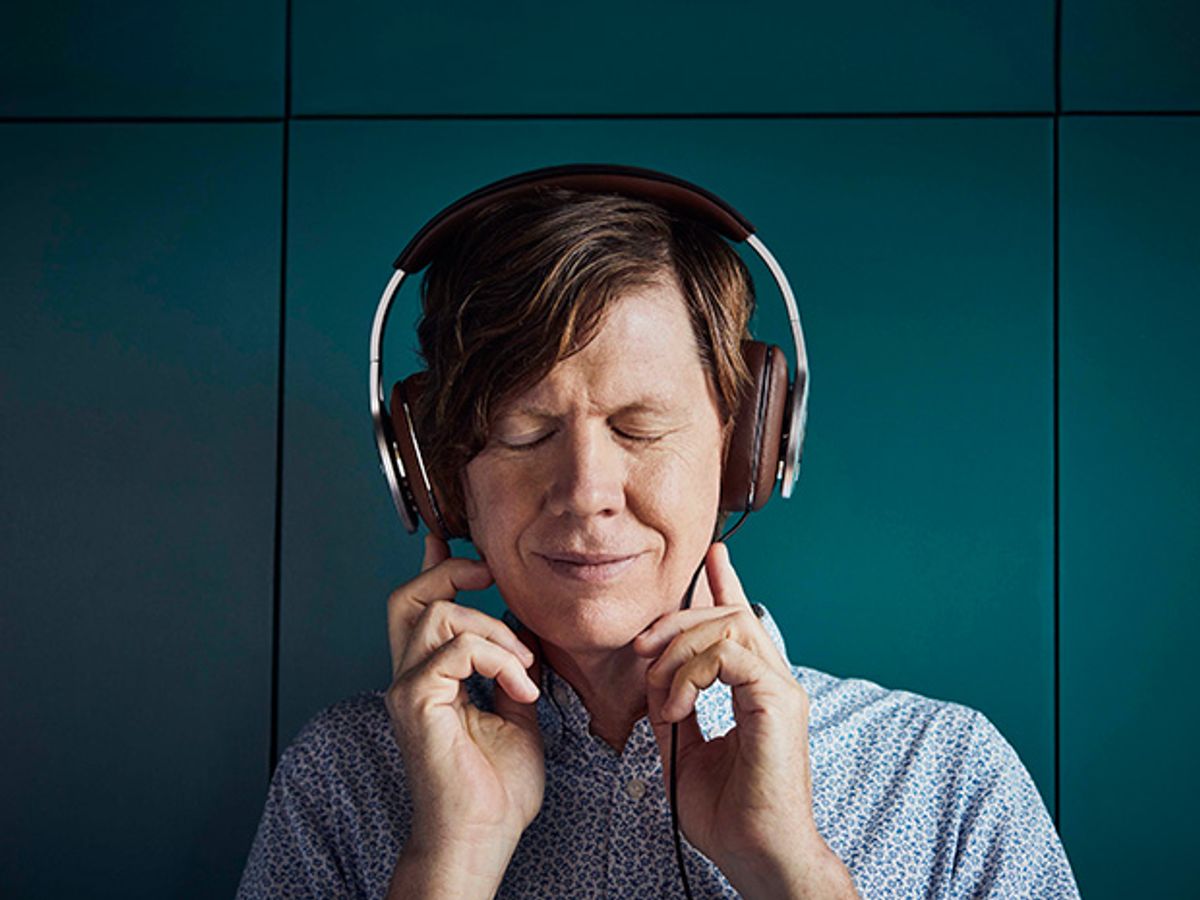
These are odd times for busy audiophiles. You might have a US $5,000 system at home, but chances are it’s gathering dust. Yet music remains a big part of your life—it’s just that these days it’s mostly coming to you from your phone.
Well, time to embrace the trend and get the best experience you can. The new Bowers & Wilkins P9 Signature headphones are a good place to start.
The $899 P9 is not a discreetly compact headphone of the sort typically designed for mobile use. But by the standards of high-end headphones, it’s not large, and it also has a jointed headband that allows it to fold to a somewhat transportable size when not in use. The P9 is also very energy efficient, which means it can easily be driven by small and portable electronics.
To evaluate the sound, I was fortunate to have the help of Leonard Bellezza, who put the resources of his New York City store, Lyric HiFi & Video, at my disposal.

The P9 makes sound by means of dynamic-cone drivers, which means they are basically small versions of regular audio speakers. Though headphones incorporating dynamic-cone drivers are still the most common by far, the upper reaches of the market are becoming increasingly dominated by models based on a different technology, known as planar magnetic. Here, a leading manufacturer is Audeze, in Costa Mesa, Calif.
At the high end, “that’s all people are buying these days,” says Mike Deutsch, a salesman at Lyric. Planar magnetic headphones use a strong magnetic field to vibrate a very thin and relatively large diaphragm inside the ear cup. The advantage is speed: The diaphragm can respond very rapidly and precisely to changes in the magnetic field. In a well-designed headphone, this precision can translate into more natural “decay” of sounds and, in general, startlingly realistic audio. So I was particularly eager to hear how the P9 compared with comparably priced models from Audeze.
I paired the P9 with several different signal sources, but I found a real sweet spot with my DragonFly Red digital-to-analog converter (DAC)/headphone amplifier ($199). I used the DragonFly to play songs stored with lossless compression on my Samsung smartphone, going back and forth between the P9 and the Audeze EL-8TI, a fully enclosed planar magnetic model with a retail price of $799.
In general, the P9 had a slightly brighter sound. Its response emphasizes bass, but not overbearingly so, like many popular headphones at the moment (I’m looking at you, Beats). I was pleasantly surprised by how well the P9 conveyed the intimacy of spare, moody songs, such as Shelby Lynne’s haunting version of “The Look of Love.”
The P9 also did very well with large-scale orchestral pieces, such as Sir Simon Rattle’s recording of Claude Debussy’s La Mer. And the P9 really came into its own with rock music. Particularly on rollicking, thumping, hard-driving rock, such as Courtney Barnett’s “Elevator Operator,” the P9 came across as more gripping and compelling than the EL-8TI.
Greatly encouraged, I decided to see if I could push the P9 beyond its comfort zone. I found I could, but it wasn’t easy (or cheap). I compared the P9 to the Audeze LCD-2 ($995), with the music coming from a Moon Neo 260D Transport/DAC ($3,000) playing through a McIntosh MHA100 headphone amplifier ($4,500). With this setup, the available power was for all intents and purposes unlimited, rendering the P9’s efficiency advantage irrelevant. I also stuck to quieter, small-ensemble music, that played more to the LCD-2’s strengths.
The P9 put up a valiant struggle, but I had to give this round to Audeze. The differences were not very stark: Listening to quiet and complex passages with the P9, the details are all audible and where they should be. But with the open-back LCD-2 those details have a lighter, more natural sound.
Nevertheless, unless you are contemplating spending $7,500 on home-headphone electronics, I unhesitatingly recommend the B&W P9 headphones. The P9, together with the DragonFly Red DAC/headphone amp, are a true dynamic duo and an unbeatable combination.
